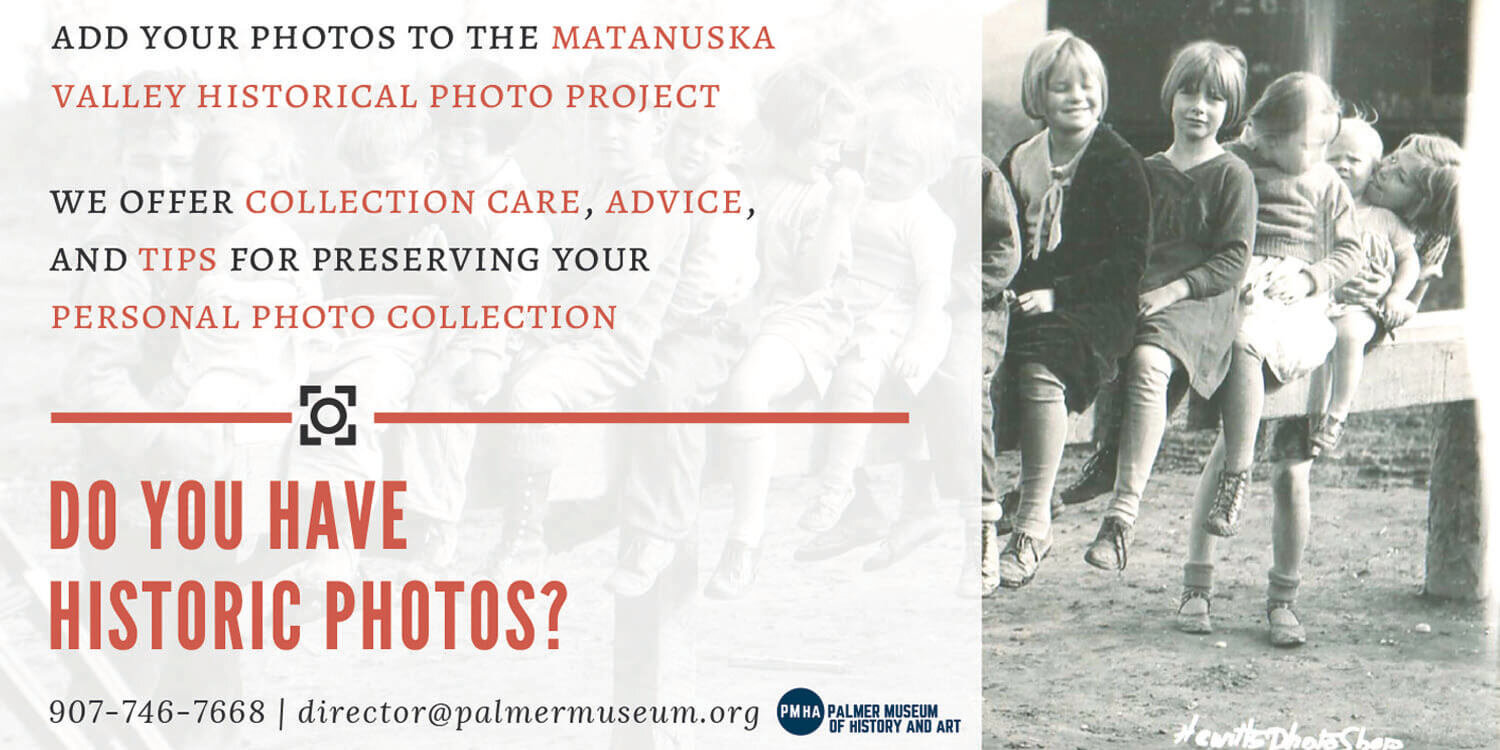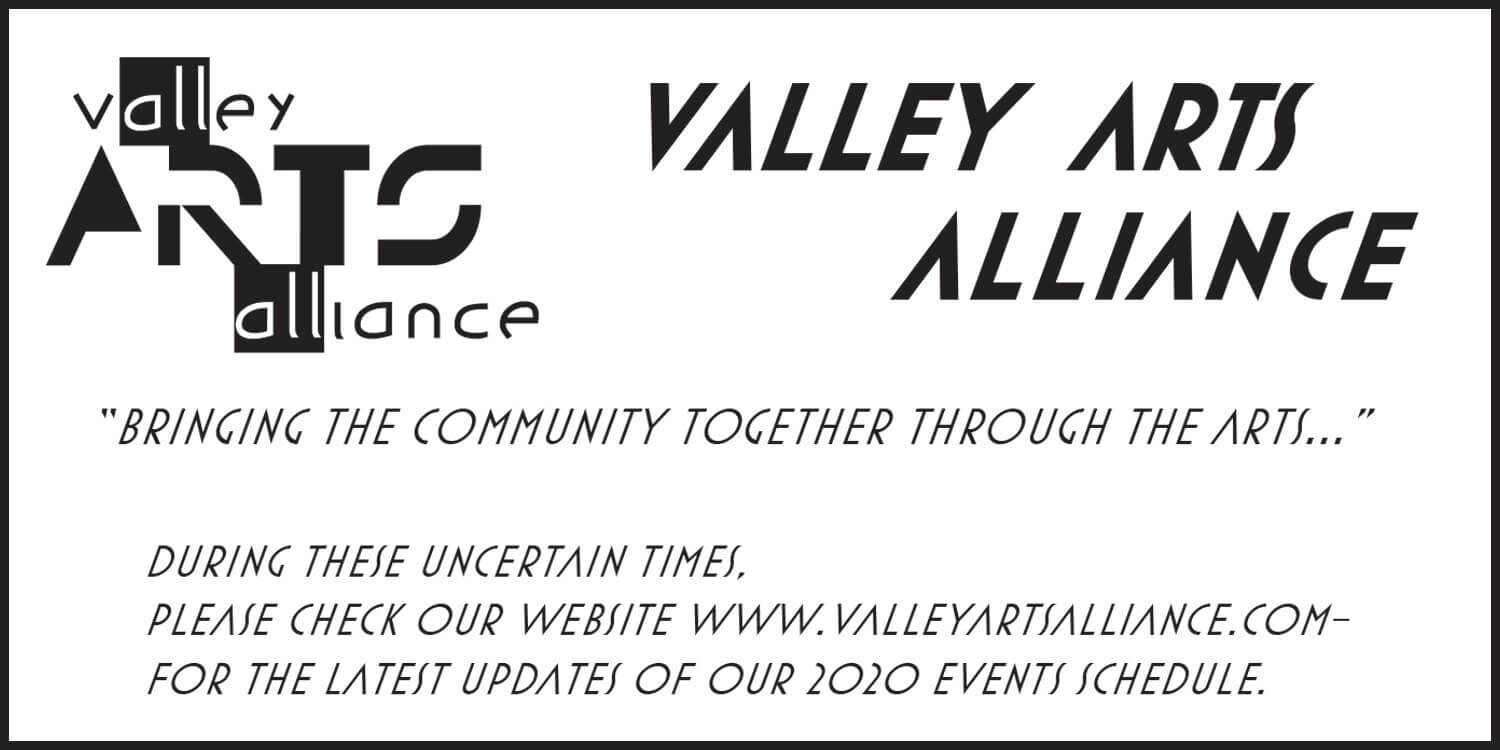Contributed by Doug Ferguson
Reading all the recent depressing news about looting and rioting in many of our large cities got me to thinking about basic lessons I learned about human nature when I was a kid of grade school age.
Even though I was an only child, I grew up in a new development in an East Coast city during WWII where in our immediate neighborhood of about 30 houses, there also lived 22 boys within a year or so of my age. There were two girls that lived there also, but one was a “tomboy” and could hold her own with anyone, and the other we never saw.
We walked the several blocks to school every day, including coming home for lunch and returning after. Adults were a part of our lives only at school and at home. The rest of the time we were on our own to-and-from school or at play in the adjacent woods and it’s yet unpaved and undeveloped street. In this environment we learned a lot of life’s lessons.
One of the most important lessons was about “Bully’s” and “Bullying”. A “Bully” was a kid who, for whatever reasons of his upbringing, had a need to dominate others and had discovered that those who were smaller, weaker or else failed to fight back were the best victims. For those kids who were observant, it was obvious that when a Bully tried to “Bully” a prospective victim who he thought was weak, and that victim fought back and rendered any pain or injury to him, he was unlikely to ever try to “Bully” that kid again. On the other hand, those who didn’t fight back became permanent victims of that Bully and any other Bully’s in our crowd.
The principle of “Bullying” as I learned in my grade school years can be seen at all levels of human behavior during one’s lifetime and at all levels of society. The non-violent protest methods championed by such social reformers as Mahatma Ghandi and Martin Luther King worked by drawing attention to the injustices, while also garnering sympathy for peaceful change from the general public. Many other movements started this way such as the feminist movement and the movement to accept gays.
However, for the past half century or so we have submitted to all forms of “Bullying” by various movement and/or organizations gone rogue. As stated above, many of these started with good intensions to address perceived problems, but eventually “Bully’s” ended up dominating these groups. These leaders saw that their increasingly confrontational and often unlawful, even violent behavior went unpunished and thus saw no reason to modify or back-off of their methods.
To me a seminal moment in this progression was back in the 1960’s when a group of a few dozen armed black militant students took over the office of the president and the administration building of Cornell University in Ithaca, N.Y. and the administration responded by, not only refusing to call law enforcement, but accepted a list of demands by the students. This incident was widely covered by the national press at the time, thus setting off a precedent followed by many colleges thereafter. From the colleges it has been injected into movements everywhere.
Today we can see the results of this principle of caving into “Bullying” in unstable conditions around the world. Today we see it in our large cities.
Is it too late to fight back? One wonders.















































